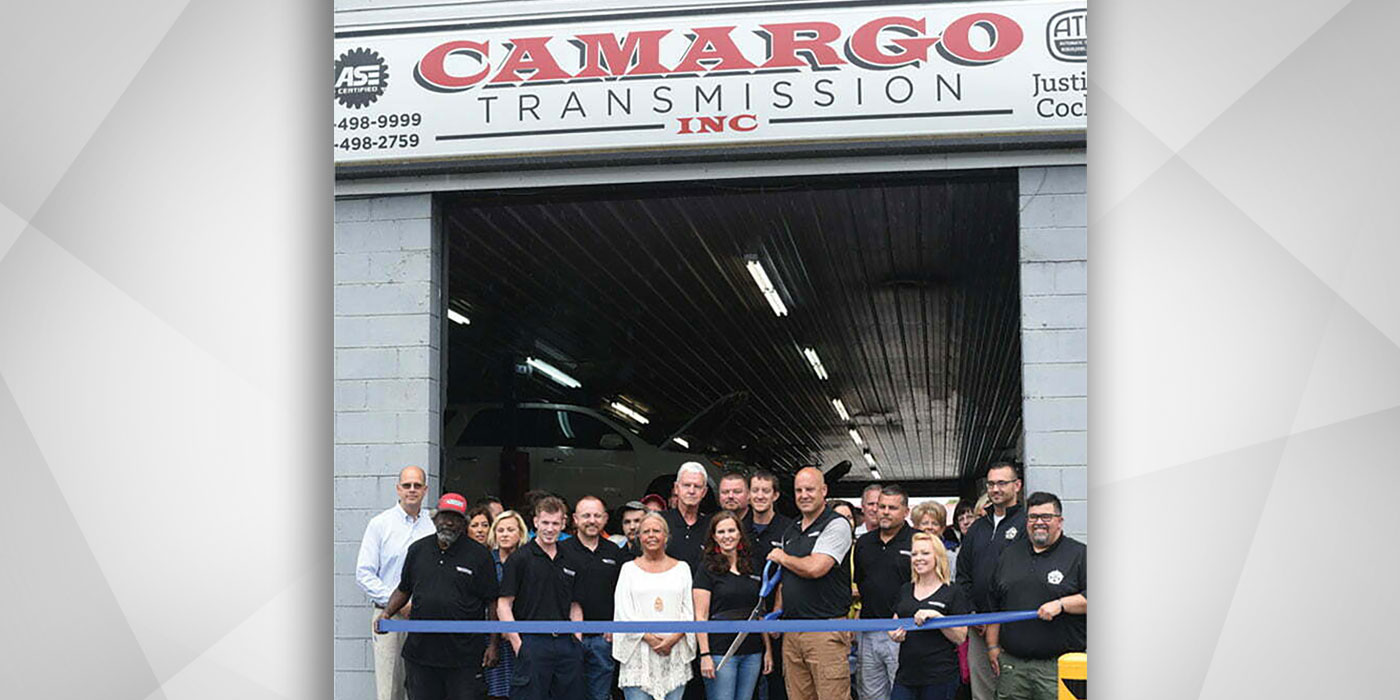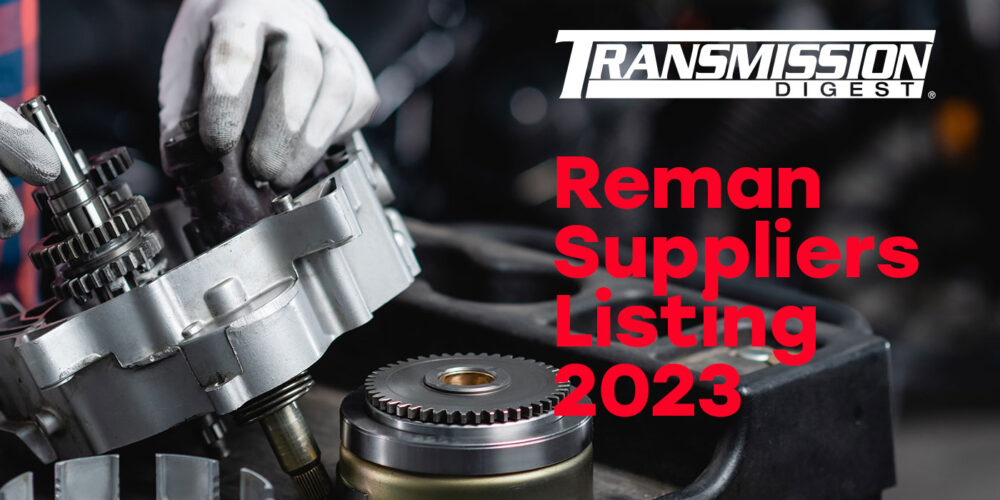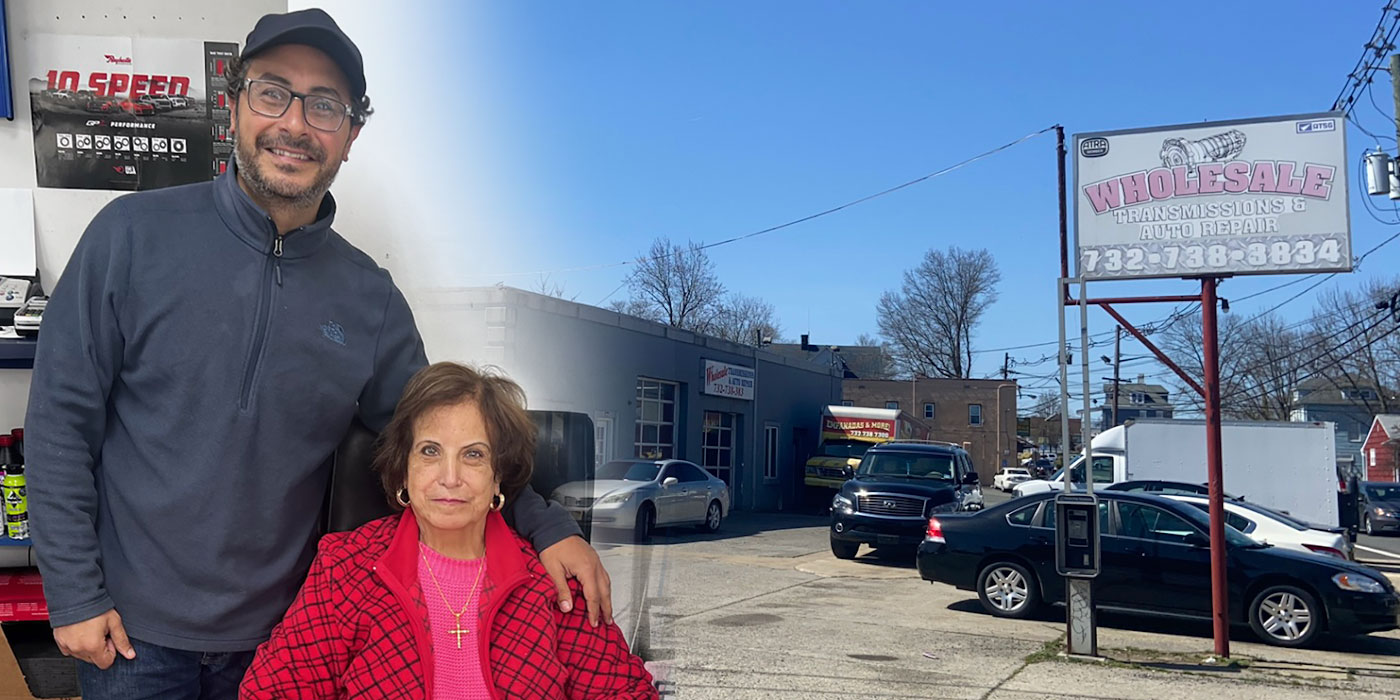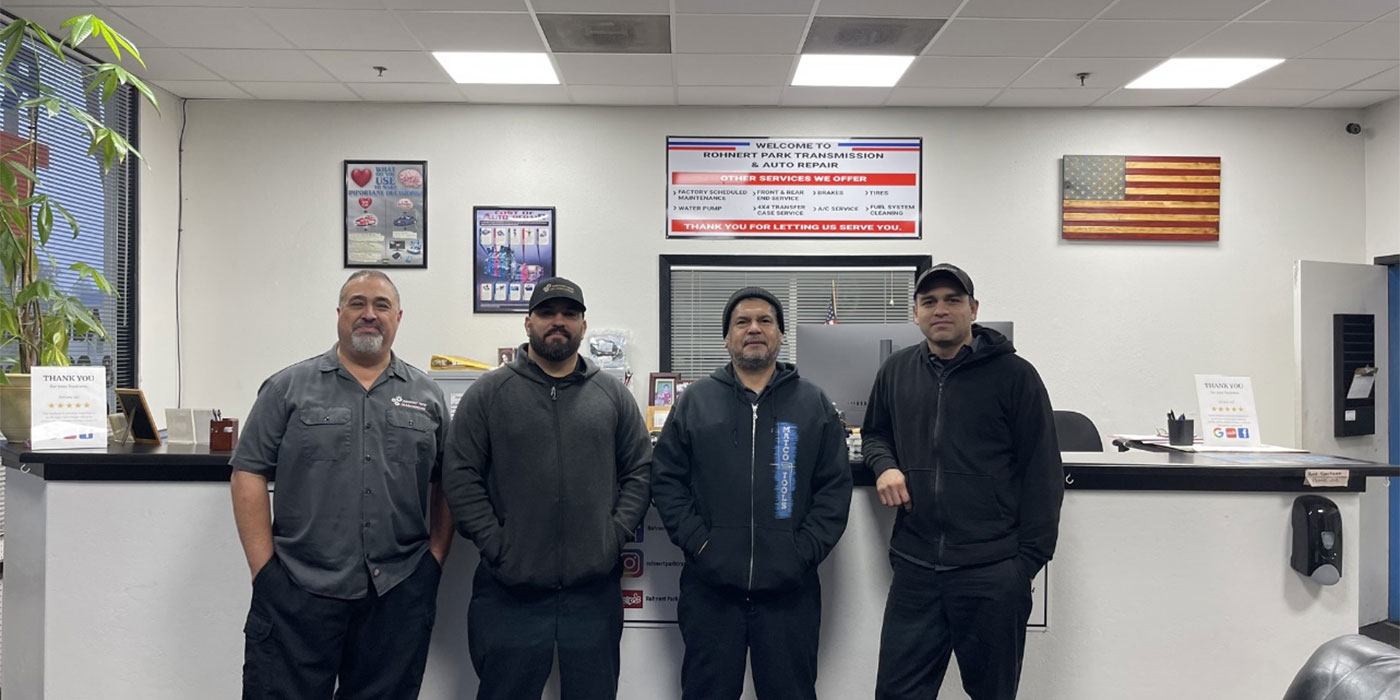
It’s Your Business
- Subject: Getting the price you need for the job
- Essential Reading: Shop Owner, Center Manager
- Author: Terry Greenhut, Transmission Digest Business Editor
What do your customers look like? Are they eight feet tall with big horns growing out of their heads and breathing fire? They must look that way to some owners, managers and service writers, because they strike fear into the hearts of many who lose sales or, worse yet, make sales but don’t profit from them.
Do these customers threaten physical violence if they don’t get their cars fixed at a cheap price? Not usually; if anything they say scary things like “That’s too much money,” “the car’s not worth it,” “I can get it cheaper down the street,” or “I don’t have that kind of money.” Now, if those phrases have rattled you so much in the past that you are now at the point where you drop your price before you even present it to the customer, you are losing sight of a very important point. The customer who would try to negotiate down your price by giving you all those objections would do so no matter what price you started out at. He or she would have fought you no matter what. The problem is that if you started low out of fear, there is nothing more for you to do than go even lower or try very hard to fight off the onslaught of price objections to follow. Starting higher would at least give you some wiggle room if you couldn’t handle every one of their price objections and felt at some point that you would have to negotiate. Then even a negotiated price would be profitable.
Are you afraid that if you start higher they will just say no and walk out the door? It’s doubtful, especially if their car is broken but drivable or, worse, was towed in. Don’t lose sight of the reason they came to you in the first place. They needed a problem solved. It had to be solved by someone somewhere, and they knew it. The fact that they chose to bring it to you, especially if it came as a referral, puts you several steps ahead.
Almost 100% of your customers say scary things only to give them the upper hand in the negotiations. They hold the sword over your head that they might leave for price. You, on the other hand, have the car. That’s right; it’s in your care and control right now. That, in itself, gives you leverage, because as much as you think people like to waste your time having you check out a problem and then price it all over town, they really don’t. They may get other opinions if the first one they get is not believable or if they think they haven’t been treated well, but if the first shop makes them comfortable there is a high probability the car will be fixed there, price notwithstanding.
Today customers needing major repairs like an engine or transmission overhaul choose a shop to visit either because they receive a great recommendation from a friend or another mechanic or because they read good reviews about the shop on the Internet. While we’re on that subject, don’t ever underestimate the power of the Internet. When people Google “Transmission Repair” and your name along with others in the area comes up, so do all the reviews customers have written about those shops. If you have a couple of not-so-flattering ones near the top of your list they can scare potential customers away in a heartbeat. It would behoove you to check them yourself every week or so. If you see any bad ones get a whole bunch of your good customers to write stellar reviews for you. The more you get the more they will push the bad ones into the background. Since people tend to read only the first 10 or fewer, they may never get to see the bad ones at all.

Unfortunately, the Internet doesn’t give you a chance to un-ring the bell. Once a bad review is written there is no easy way of getting it retracted, so trying to resolve the issue and get the customer to write another review won’t do much, if any, good. Pushing it into the background is often the only way out of the problem. This method doesn’t work if the site posts both best and worst next to each other, so trying very hard to keep your customers happy is always the right way to go. If the worst anybody posts about your shop deals with their thinking the price was higher than it should have been, that’s not the worst thing that can happen to you. In fact, it might help to let people know up front that you’re not the cheapest shop in town.
Keeping control of the sale can be accomplished only when you have the vehicle, so giving a price over the phone when you don’t have it is the worst possible thing you can do. Getting rid of you is no more than a matter of just hanging up. If you have the car before you quote a price, disconnecting from you becomes considerably more complicated. There may already be towing, diagnostic or storage charges. The customer may have already lost a day or two or three between the times the vehicle broke and now, which could be valuable time if the car or truck is used for business. Retrieving the vehicle from your shop to take it somewhere else may be just enough of a hassle that the customer won’t bother doing it even if he is promised a lower price, especially after you poke a bunch of holes in whatever price he gets elsewhere.

The fact remains, as it always has, that you have nothing until you have four wheels firmly planted in your driveway, so you have to become quite proficient at talking callers in on the phone without quoting prices. Once they have made the effort to travel to a shop the odds of their leaving without getting the vehicle fixed go way down. Someone would have to upset them quite a bit to make them start the entire process again with another shop. What would upset them enough to do that? Either they don’t believe the diagnosis, they think they are being mistreated by someone in the shop, the job isn’t properly explained to them, they don’t have any frame of reference to determine what a job like this should cost or they don’t think they have enough money (in which case either you have to help them find some or, if you can’t, stop wasting your valuable time and move on to a customer who does have or can get money. That may sound harsh but the reality is that the more time you waste with a customer who can’t buy, the less time you have for those who can).
Quoting a sight-unseen price over the phone does nothing but scare the caller into making other calls until hearing something that isn’t scary, like: “It might not be as bad as you think. Why don’t you stop in and let me check it out for free. Once I do I’m sure I can find a way to save you some money.” Doesn’t that sound more inspiring than, “Yeah, that transmission will run you about $3,000”?
Most of your fear, if you have it, stems from lack of confidence in your sales ability and in not having complete control of either the vehicle or the situation. Your salesmanship starts with the initial phone call. Your confidence grows with the caller’s agreement to bring the vehicle in for diagnosis. Your fear should be all but gone once you have met the customer, shown him or her how professional your shop and you are, and have priced out the job, itemizing each labor operation and part to show them what they are paying for and why.
A new confidence builder many service advisers are using is pictures. Since we all have phones capable of taking pictures this should be a no-brainer. By taking photos of parts that need replacement, dangerous conditions or processes that can make the customer understand how complex their problem is and sending them for review, you prove several points to the customer. One is that you have identified the problem, two is that you know what to do to fix it, and three is that you know which parts to obtain and how to install them. It makes you look really smart. Even if the customer isn’t quite sure what he or she is looking at, they gain confidence that you do. This reinforces the concept of “Why go anywhere else? These people already know what’s wrong and exactly what it will take to fix it.”
Do you think that when people want to haggle over price you have to join in? You don’t. You can just stick to your price. In most instances that will work. Just say something like: “You know, Mr. Jones, when I first saw you come in I knew that I was going to have to sharpen my pencil to make this sale, so I already have. This is the best price I can give you. All of the discounts are already built in. Would you like the car ready by tomorrow, or is Thursday all right for you?”
Don’t be afraid. It’s all in your own head anyway. Whatever objection a customer might give to price, you can handle as it comes along. Don’t try to handle one that doesn’t even exist yet by prematurely cutting prices.

Terry Greenhut, Transmission Digest Business Editor. Visit www.TerryGreenhut.com.













